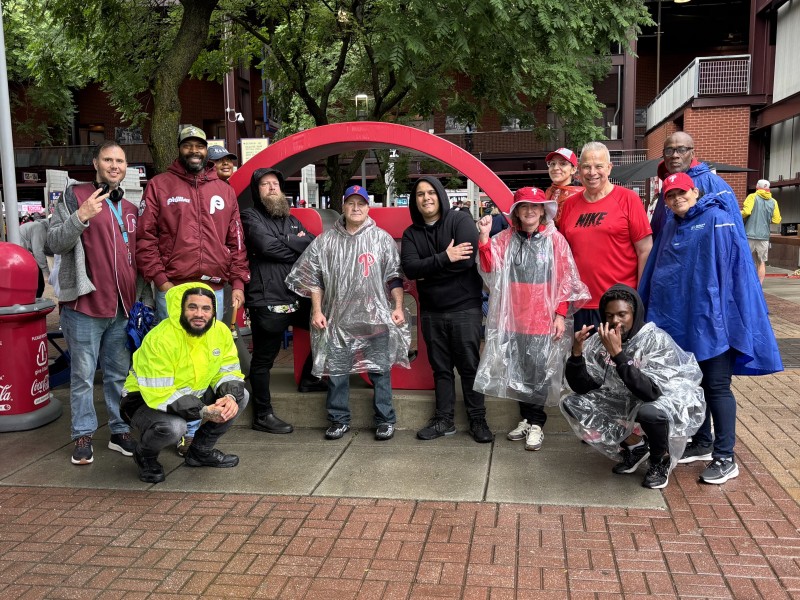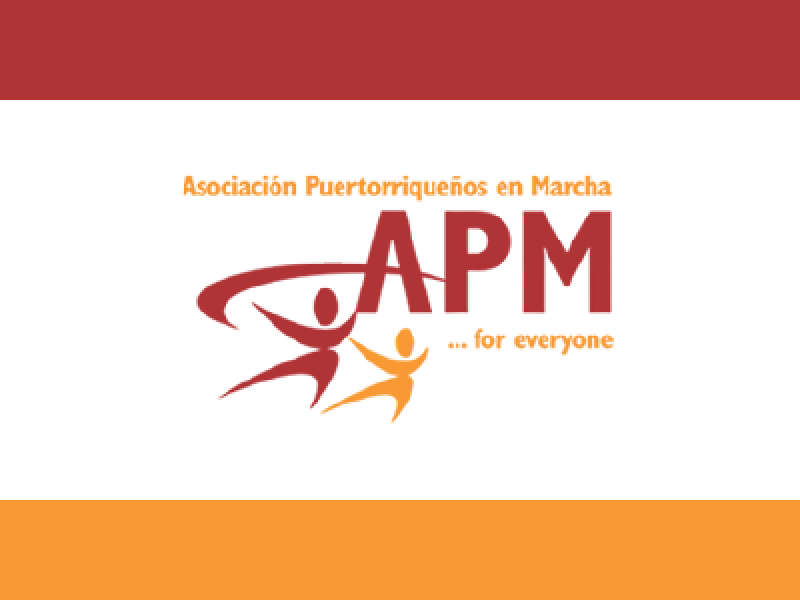Working Hard, Falling Behind: The Realities of America’s Working Poor

Each year, Hunger and Homelessness Awareness Week (November 16 through November 22) invites people across the US to look more closely at the ongoing issues of food insecurity and housing instability. It also serves as a reminder that those most affected by these issues are not always the ones we expect. Many of the individuals and families who struggle with hunger or homelessness are actively working or trying to find work. They are trying to keep up with rising costs while caring for themselves and the people they love.
Who Are the “Working Poor”?
The term “working poor” describes those who are employed but don’t earn enough to meet basic needs. According to UC Davis, the official definition of the “working poor” is “people who spend 27 weeks or more in a year in the labor force either working or looking for work but whose incomes fall below the poverty level.” Some work full-time, while others work multiple part-time jobs because full-time roles with benefits have become harder to find. Many work in roles that keep our society running, including food service, home health care, retail, hospitality, and transportation. These jobs are essential, yet their wages usually do not reflect this.
Millions of workers fall below or just above the federal poverty line. Many individuals and families live one unexpected bill away from losing housing, utilities, or access to transportation. Stability is hard to find when earnings do not match the actual cost of living.
Common Misconceptions About Work and Poverty
Much of the public conversations about hunger and homelessness still rely on the idea that people are struggling because “they do not want to work”. This belief is harmful and far from the truth. Many people in shelters or supportive housing programs are employed. Many families visiting food pantries have steady jobs. Many people who receive public benefits work long hours in roles that pay far too little to cover rent, food, medical costs, and transportation.
Anyone who has ever struggled with poverty knows how extremely expensive it is to be poor.
- James Baldwin
Low wages are only part of the picture. Workers often face unpredictable schedules, long commutes, child care gaps, and health issues that become worse when basic needs go unmet. These challenges are real and practical, not personal. People are working as hard as they can, but the systems around them are not keeping pace.
Public benefits like SNAP, Medicaid, or housing assistance often support people who are already working. These programs help families close the gap between what they earn and what it costs to survive. Benefits rarely cover everything. They provide a foundation that allows people to stay housed, put food on the table, and continue working.
Rising Costs and the Growing Gap
The cost of living has increased faster than wages for years. Rent, groceries, utilities, transportation, and basic household items keep getting more expensive. Many workers, even those who don’t fall into the “working poor” definition, find that their paychecks stretch less each year. A single emergency, like a medical bill, car repair, or missed shift, can lead directly to hunger or the loss of housing. Each year, individuals and families are forced to tighten up or risk having to choose between crucial necessities.
Working people are not falling behind because they are irresponsible. They are falling behind because their wages do not line up with the reality of everyday expenses.
Food Insecurity for Working Families
Food insecurity is not always dramatic or obvious. It’s probably one of the issues you can’t see since mealtimes happen inside the home. Many individuals skip meals to make groceries last longer. Some parents eat less so their children get enough. Many workers rely on food pantries even though they earn a paycheck. Hunger affects concentration, health, and the ability to remain employed. It also creates long-term stress for adults and children.
Many experiencing food insecurity are constantly calculating expenses. Groceries are chosen based on what will stretch the farthest rather than what supports good health. People often rely on inexpensive foods with limited nutritional value because fresh items are out of reach. This also means traveling to multiple stores to find the lowest prices. The extra time spent searching for affordable food creates another layer of stress for people who are already balancing work, caregiving, and other challenges.
Housing, Support, and the Path Towards Stability
At Pathways to Housing PA, we see these realities every day. Many of our participants are working, actively looking for work, or want to return to work. We believe stability often begins with housing, which creates a foundation for someone to restore their health and reclaim their life. Our teams provide wraparound support, including healthcare, recovery support, community inclusion, vocational support, and access to food and basic supplies.
We think working poverty is not inevitable. Communities can build systems that give workers a real chance at stability. Living wages, affordable housing, predictable scheduling, accessible child care, and reliable transportation would remove many of the barriers that keep people in crisis. Awareness is important, but it must lead to a deeper understanding of what people are actually facing, and eventually change to our systems.
This week is a time to look past assumptions and divisive narratives, and listen to the lived experiences of those working hard while still struggling to make ends meet. Behind every statistic is someone trying to care for themselves and the people they love. Stability should not be out of reach for millions who show up every day and do their best. When we understand and believe that, we can build communities that support everyone, not only those who can keep up with perpetually increasing costs.
If you want to support the work Pathways is doing to end homelessness in Philadelphia,
you can donate directly to our organization via the link below.


